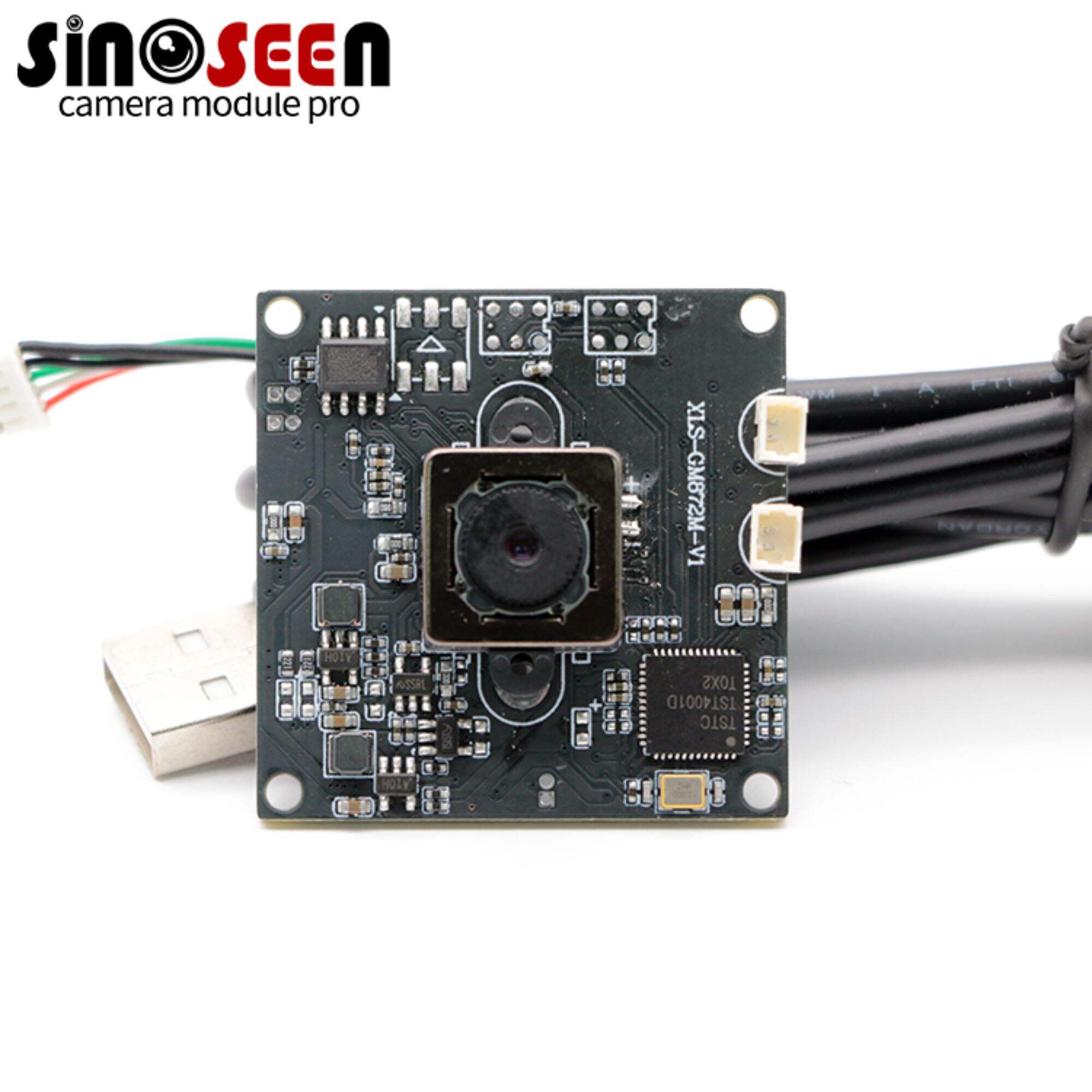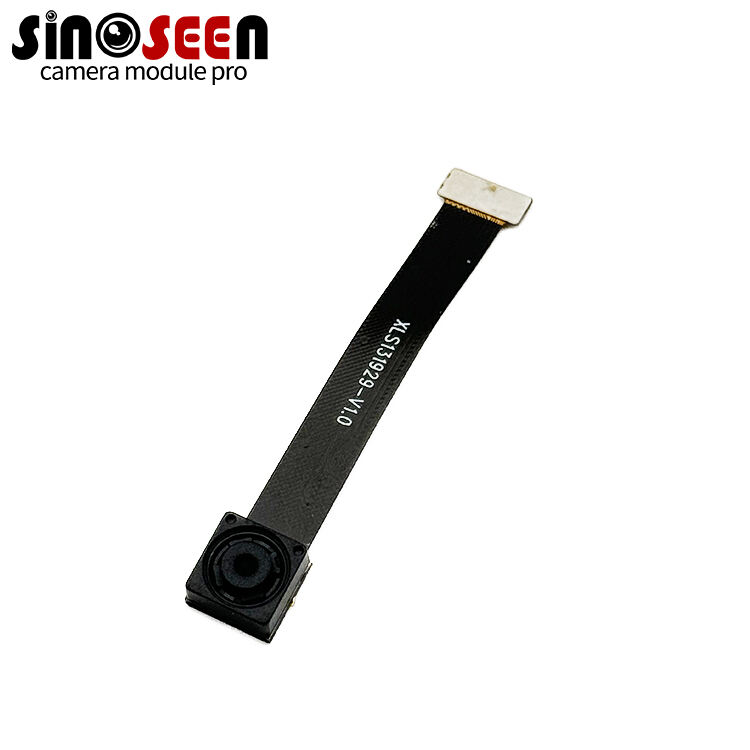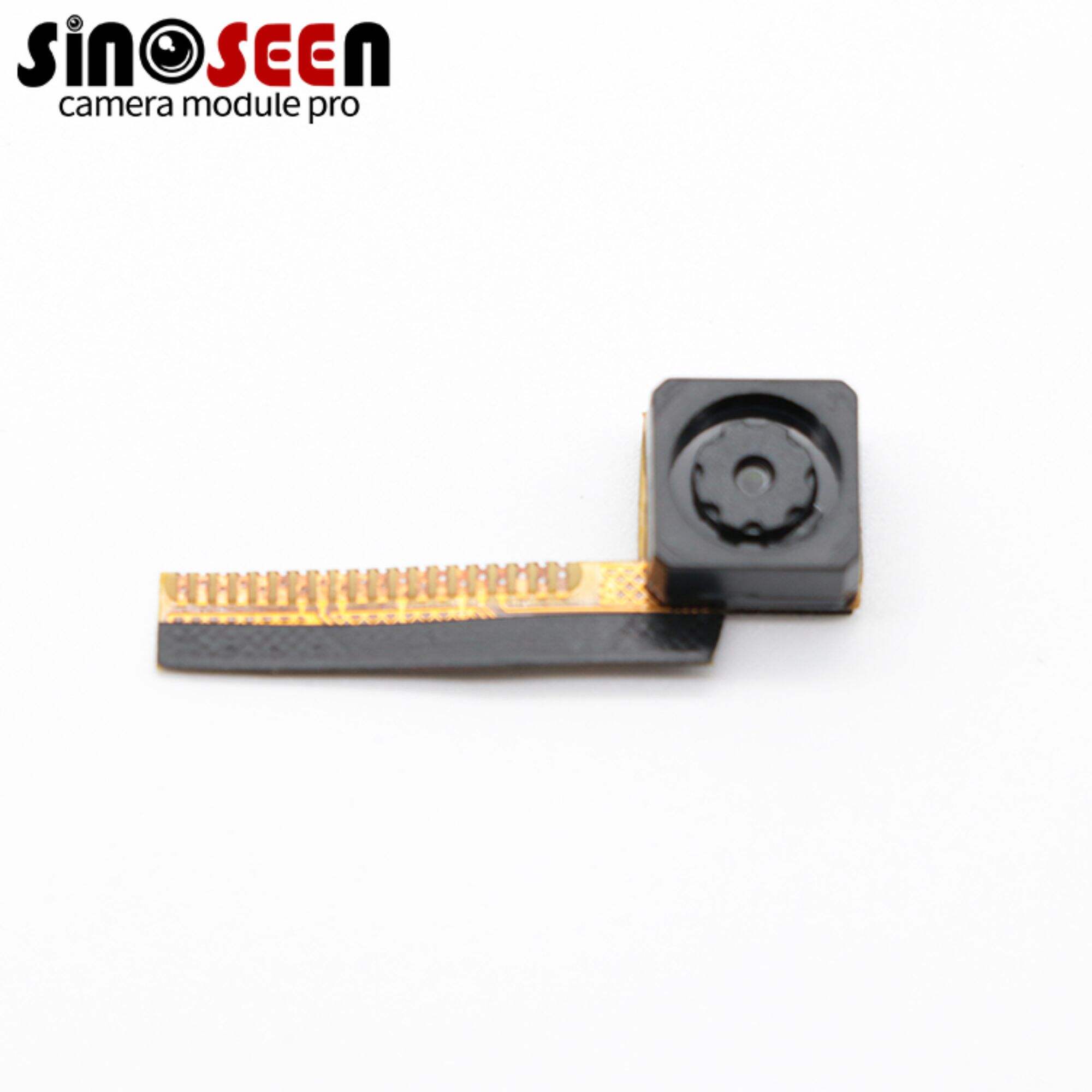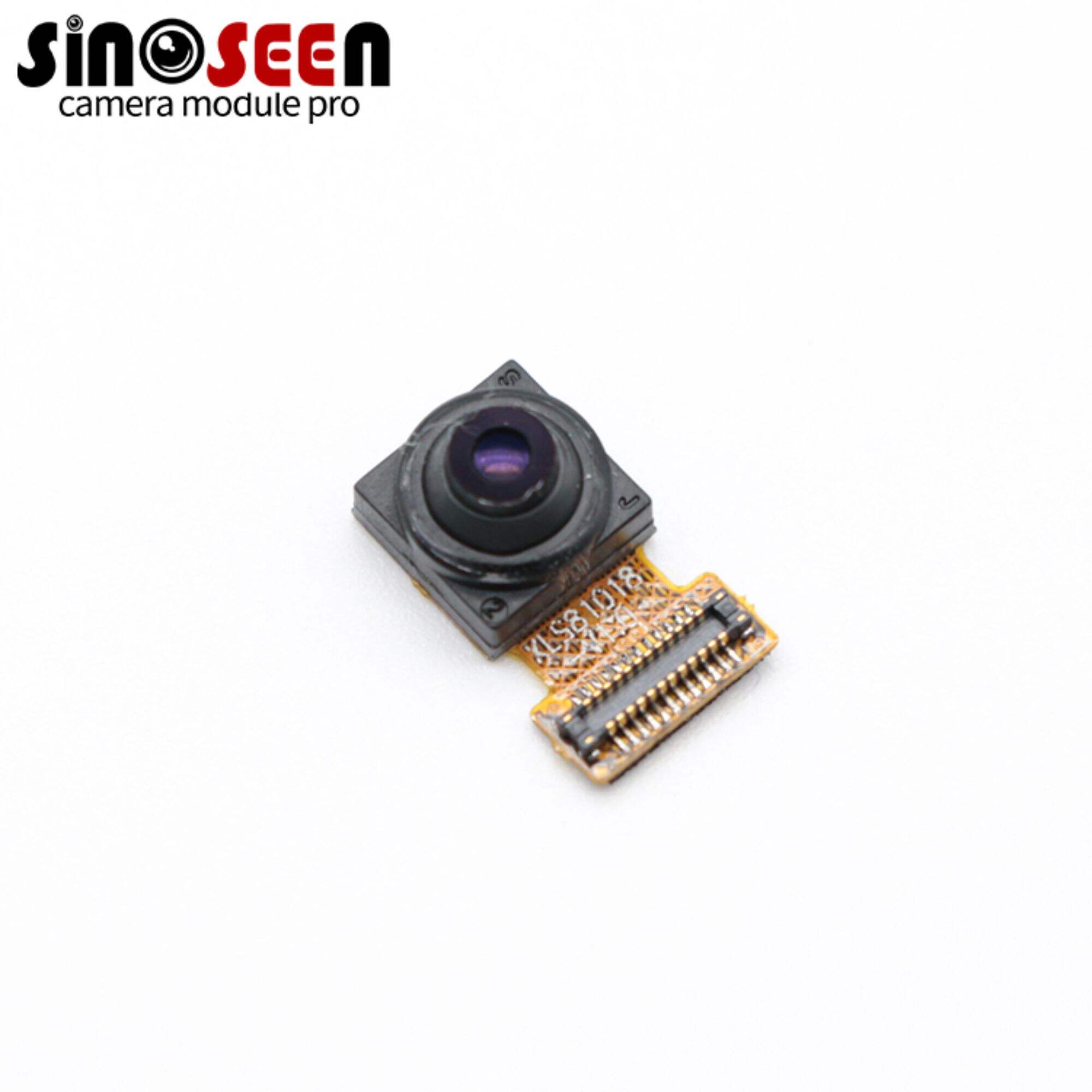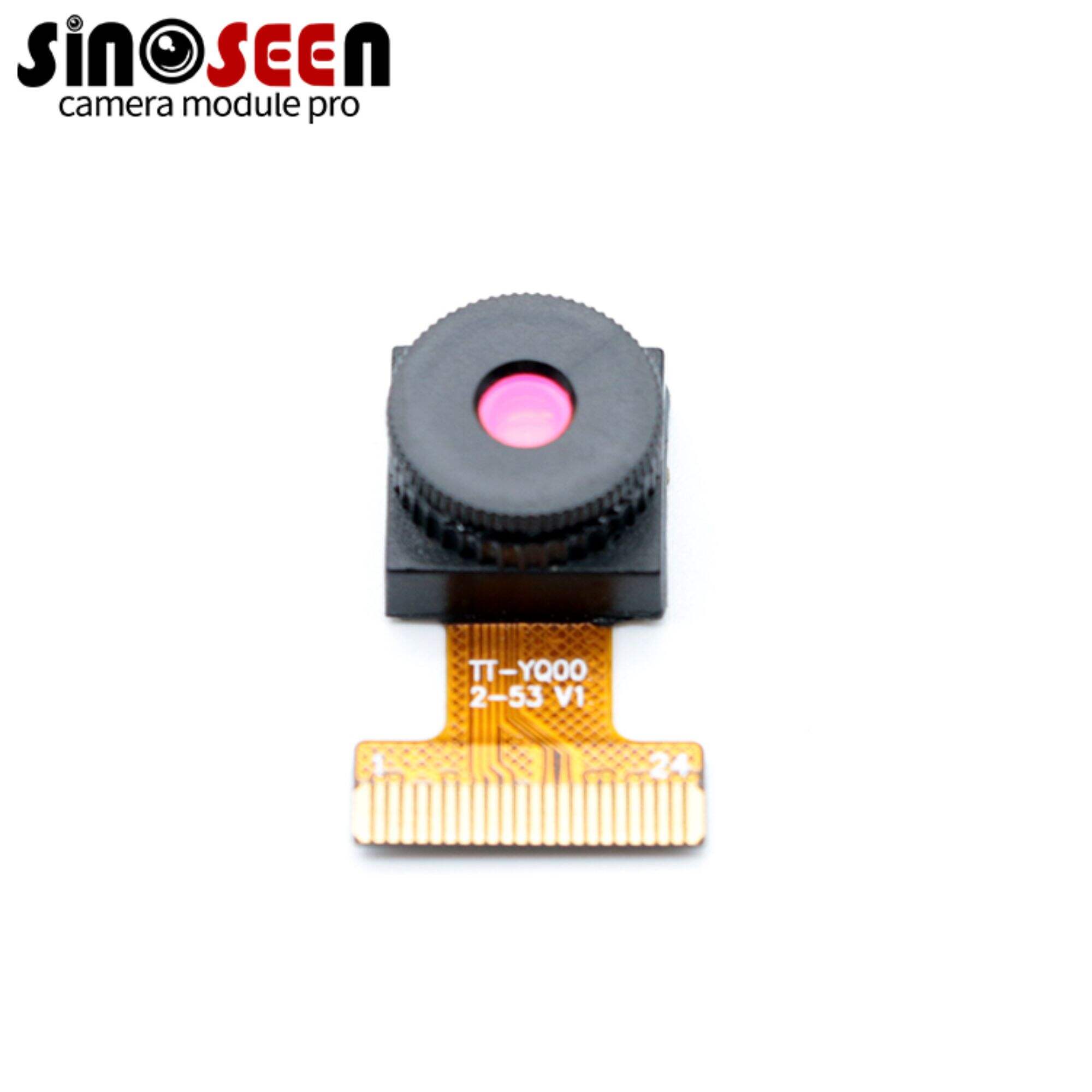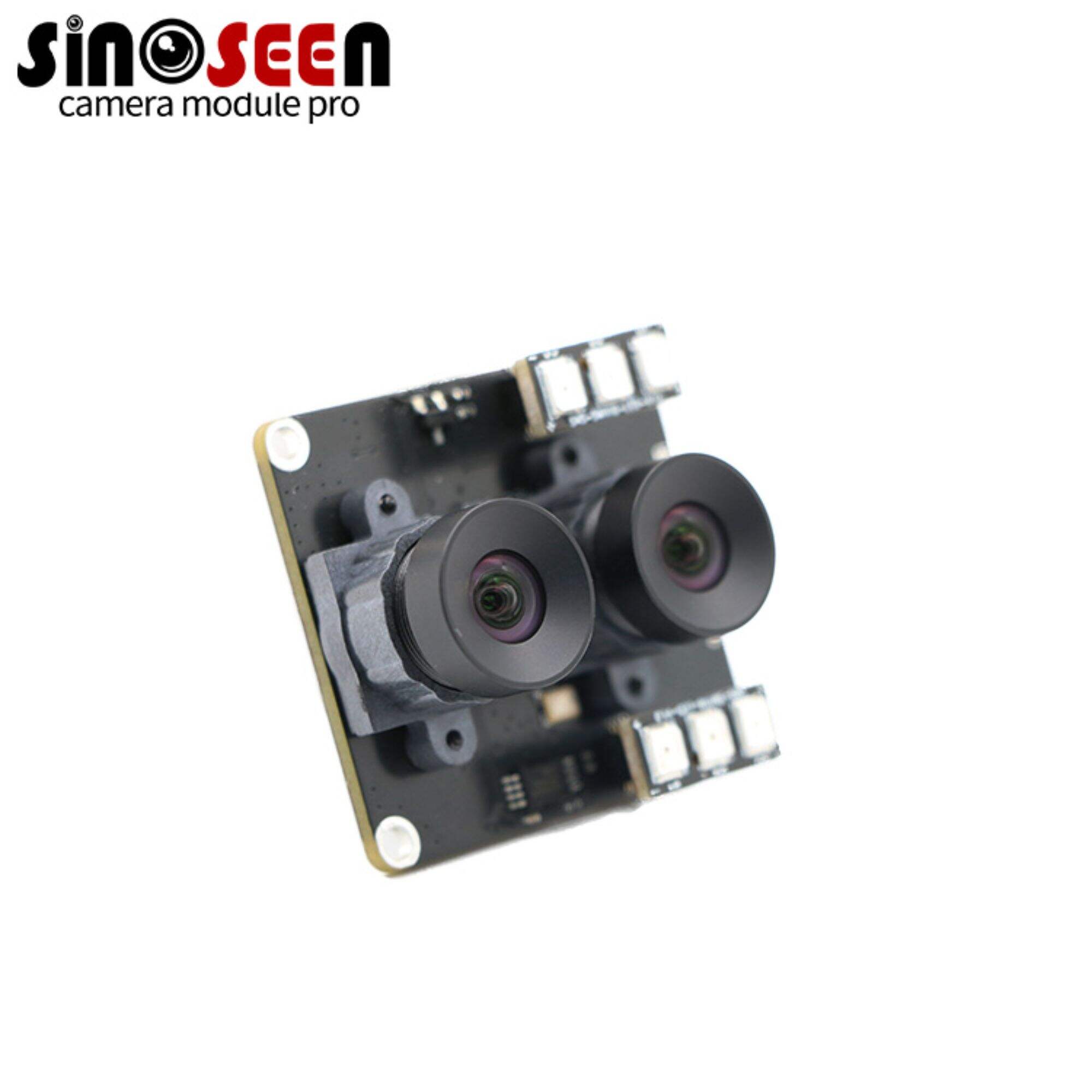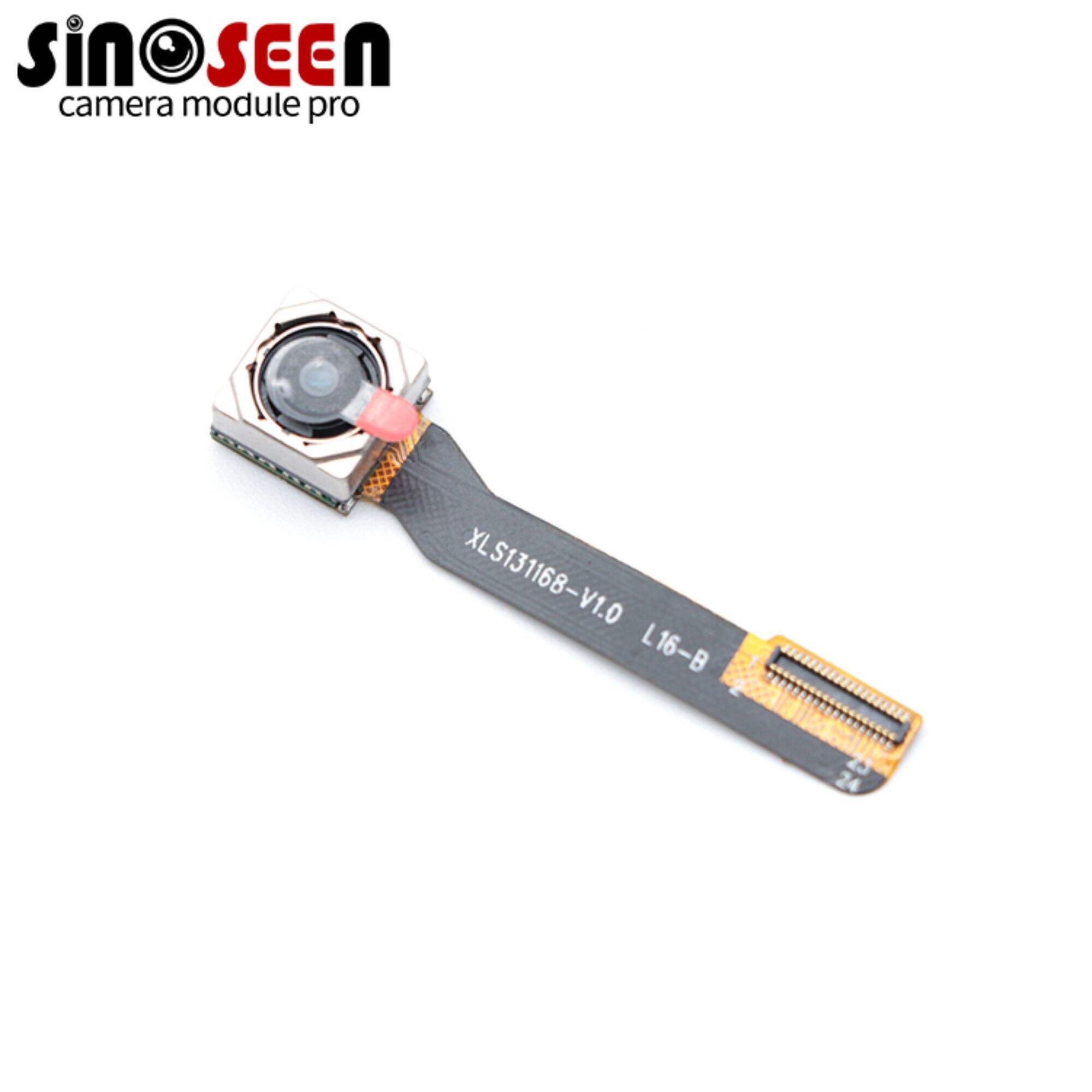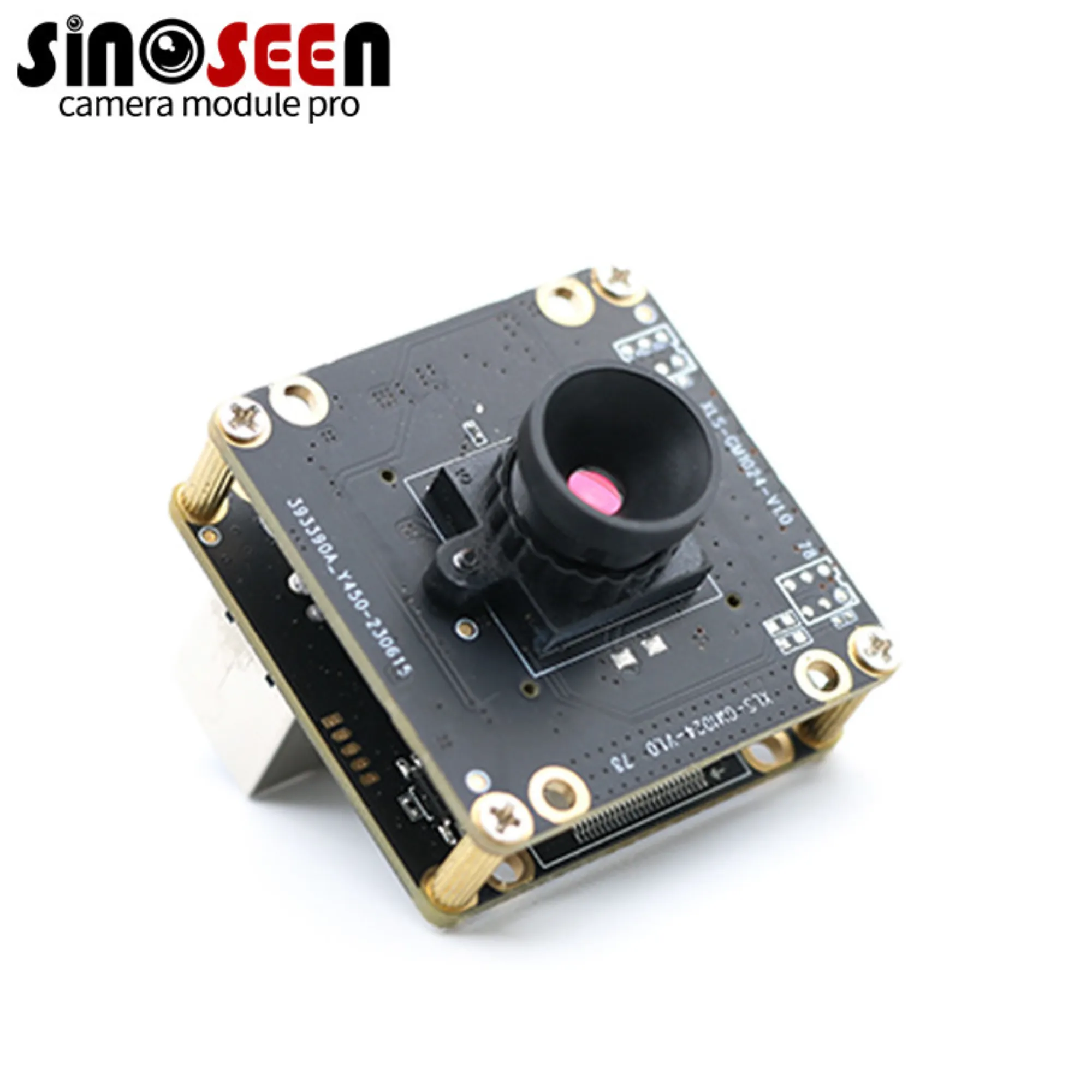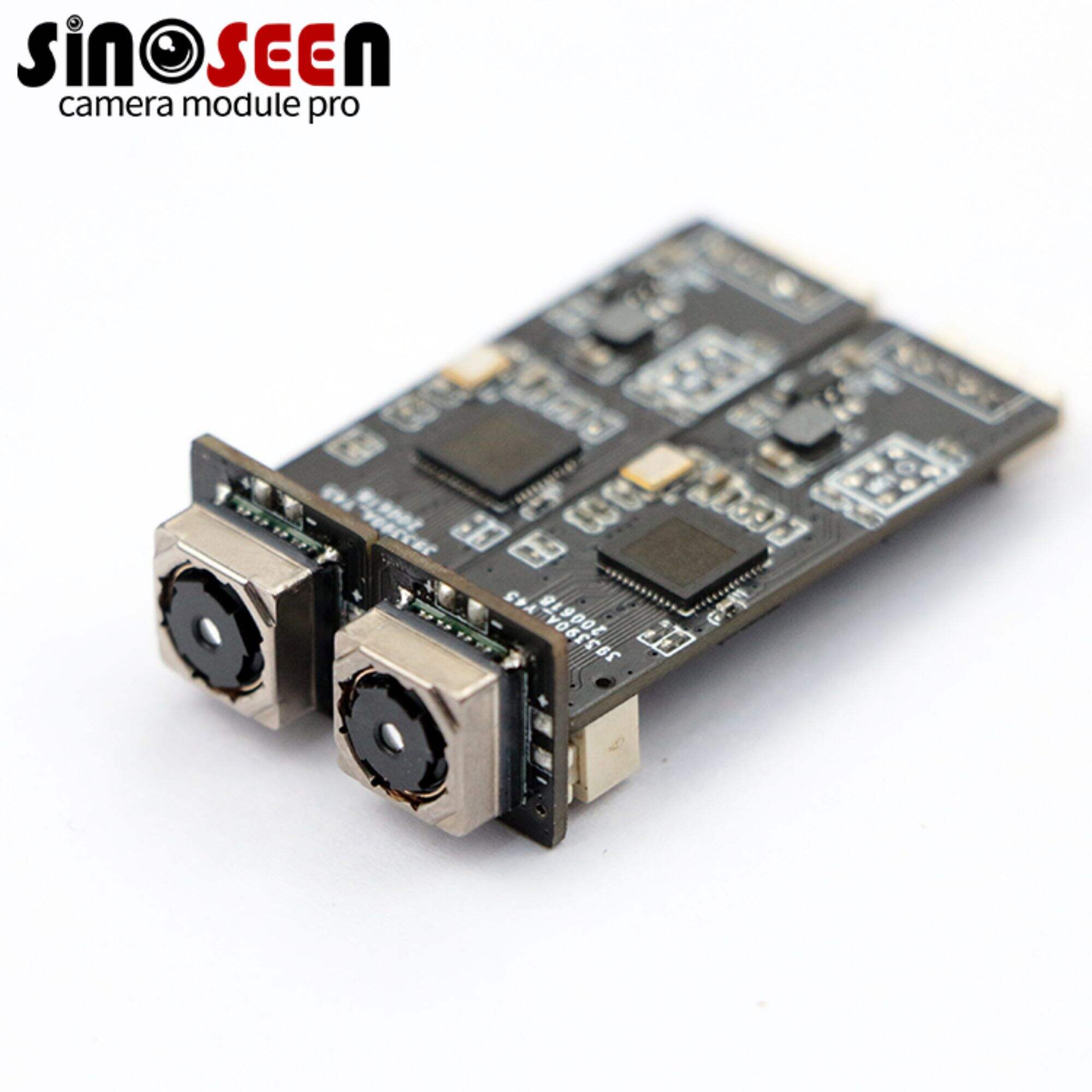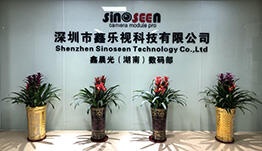Challenges and Solutions in lmplementing 4K Camera Modules
Technical Challenges in 4K Camera Module Integration
Heat Management and Power Consumption
The integration of 4K camera modules presents significant heat management challenges due to the demands of high-resolution video processing. As video quality improves, so does the necessity for efficient heat dissipation methods to combat the resulting thermal stress. Common techniques employed to address these issues include heat sinks and active cooling systems. These components are crucial for sustaining optimal operation and preventing excessive heat, which could impair image quality or cause device failure. Additionally, the power consumption of these high-resolution units can unexpectedly spike, affecting overall performance. For instance, camera modules in demanding environments can see drastic changes in performance due to insufficient heat management solutions.
Data Bandwidth Limitations
Ensuring adequate data bandwidth for 4K camera modules is imperative for maintaining video quality. The resolution requires data transfer rates of at least 12Gbps, thus presenting challenges to common interfaces such as USB and MIPI, which may struggle under such demands. Interestingly, insufficient bandwidth can lead to problems like frame drops or latency, severely impacting video integrity. Therefore, understanding and implementing the proper interfaces are crucial to overcoming these bandwidth challenges. This adjustment is key to enhancing video quality and ensuring smooth operation.
Sensor Compatibility Issues (e.g., OV2640 Camera Module)
Compatibility between sensors and 4K output requirements can complicate integration for manufacturers. The OV2640 camera module, for example, may face challenges when interfacing with existing systems or legacy hardware that lack support for high-resolution cameras. Expert opinion suggests that sensor quality significantly influences overall image fidelity, making the selection and integration of compatible sensors paramount. Designers must carefully evaluate these compatibility issues to ensure they meet high-resolution standards and maintain superior image quality.
Low-Light Performance Constraints
Low-light conditions often limit the performance of 4K cameras, yet solutions like increased sensor sensitivity are being explored to overcome these constraints. Data from various manufacturers highlight discrepancies in low-light performance specifications, emphasizing the need for ongoing development. Night vision camera modules, which have seen technological advancements, provide promising improvement in these scenarios. Such innovations can enhance effectiveness in environments with minimal light, broadening the scope and utility of 4K camera technologies in diverse applications.## Optimizing Performance for 4K Applications
Enhancing Night Vision Capabilities for Security Patrols
The integration of robust night vision capabilities in 4K imaging systems is crucial for security patrols. Night vision technologies enhance the ability to monitor low-light environments, significantly improving clarity and detail essential for effective surveillance. Recent trends, such as the adoption of infrared illumination and thermal imaging, are pivotal in advancing night vision functionalities. These advancements not only contribute to higher resolution capture but also ensure comprehensive coverage in dark conditions. For example, in security lines, the improved night vision capability has a direct correlation with reducing response times and increasing the accuracy of identifying security breaches. With these enhancements, 4K camera systems are becoming integral to modern security apparatuses.
HDR Imaging Solutions for Dynamic Lighting
High Dynamic Range (HDR) imaging stands out for its ability to capture well-detailed scenes with varying light intensities, vital for environments such as outdoor surveillance and event recording. HDR technology enables cameras to render images with balanced exposure, even in mixed lighting conditions. For instance, event recording under inconsistent lighting, like concerts, benefits tremendously from HDR's capacity to adjust exposure dynamically. Research indicates that HDR processing significantly elevates the quality of 4K video by enhancing contrast and color depth. This ensures that both bright and shadowed areas maintain detail, lending to more accurate imagery in fluctuating lighting conditions.
High Frame Rate Optimization (120FPS+)
High frame rates, especially those exceeding 120FPS, play a critical role in capturing fast-moving scenes with precision, which is particularly beneficial in sports and wildlife monitoring. Technologies enabling these high frame rates are continually evolving, offering smoother and more detailed video outputs. Statistical data underscores that increased frame rates reduce motion blur, resulting in superior video smoothness. In sports broadcasting, for instance, high frame rate optimization allows viewers to enjoy crisp, clear action sequences without the jitteriness common at lower frame rates. This capability ensures viewers don’t miss any pivotal moment due to motion blur, maintaining engagement and enhancing the viewing experience.## Leading 4K Camera Module Solutions for Diverse Applications
Monochrome GC0308 Sensor Module: Compact 120FPS Performance
The GC0308 camera module stands out for its impressive performance despite its compact size. This module is particularly suitable for applications requiring high speed and detail, such as industrial inspections and surveillance operations. One of its most notable features is the capability to record at 120FPS, which enables smooth motion capture even in high-speed environments. This speed is complemented by its tiny dimensions of 25mm x 12mm, making it ideal for spaces where larger modules would be impractical. Users often appreciate the module's ability to deliver high-quality monochrome images and its energy efficiency, which ensures minimal power consumption without sacrificing performance.
OV2735 Wide-Angle 2MP Module with HDR Support
The OV2735 camera module offers a remarkable combination of wide-angle capabilities and HDR technology, making it a premier choice for scenarios where capturing broad, detailed scenes is essential. With its 2MP resolution and a field of view of up to 140 degrees, this module is perfectly suited for applications like urban surveillance and traffic monitoring, where panoramic visibility is crucial. By integrating HDR support, the module ensures that images are clear and well-exposed, even in challenging lighting conditions. Statistics reveal that the use of HDR technology can significantly enhance the clarity and field of view, ensuring optimal image quality in varied environments.
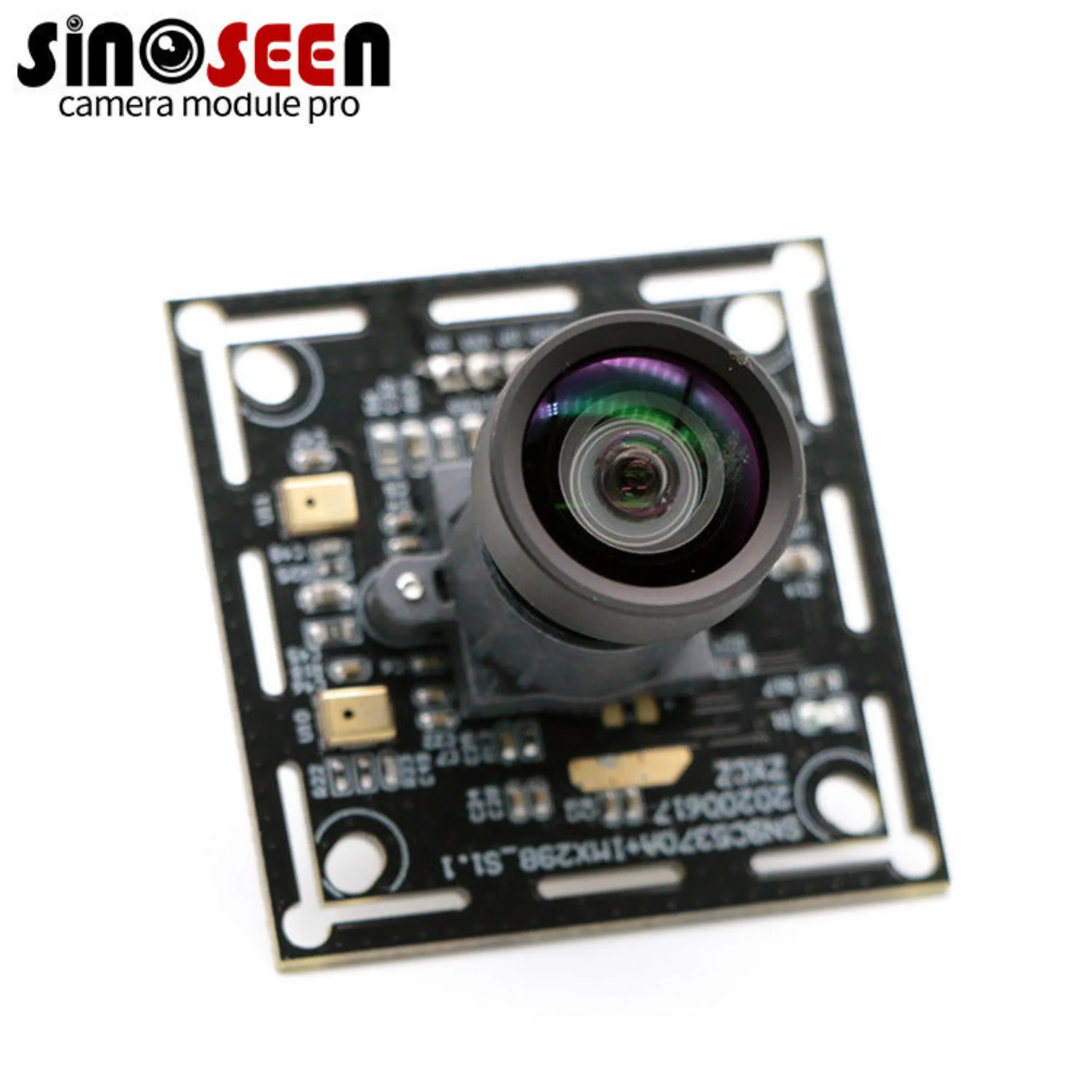
## Integration and Compatibility Considerations
USB vs. MIPI Interface Tradeoffs
When it comes to integrating 4K camera modules, choosing between USB and MIPI interfaces involves evaluating both their advantages and limitations. USB interfaces boast greater ease of use and widespread compatibility across various devices, making them ideal for straightforward applications. However, they can face bandwidth constraints, particularly in high-resolution settings, which can be challenging in demanding scenarios like wildlife observation or night vision applications. On the other hand, MIPI interfaces offer higher data transfer speeds and are well-suited for advanced applications due to their ability to handle more data seamlessly. In real-world scenarios, MIPI might be preferred in deployment contexts favoring speed and quality over breadth of compatibility, such as high-speed surveillance systems. According to data from industry reports, MIPI interfaces can offer up to five times faster data transfer rates than USB interfaces, underscoring their efficacy in bandwidth-intensive environments.
OS Compatibility: Windows, Linux, and Android
Ensuring compatibility of 4K camera modules across different operating systems, such as Windows, Linux, and Android, requires a focused strategy on driver support and seamless integration. Each OS presents unique challenges, where developers need to tailor drivers specifically to function smoothly across platforms. For instance, Windows typically offers robust driver support, but limitations might arise in real-time data processing compared to Linux, known for its flexibility in customization. Android, frequently used in portable devices, demands efficient drivers to maintain performance without compromising battery life. Market share insights reveal that Windows dominates desktop environments, while Linux prevails in embedded systems, and Android leads in mobile technologies, indicating the significance of cross-platform compatibility. Varied OS demands necessitate adaptable solutions that can cater to diverse usage scenarios in fields like IoT and edge computing.
Customization for IoT and Edge Devices
Customization of 4K camera modules for IoT and edge devices is crucial to meet specific integration requirements and ensure optimal functionality. As these devices often operate in diverse environments—from industrial settings to remote wildlife monitoring—custom solutions are necessary to address unique challenges such as power consumption, data processing, and security. Successful implementations, like those in logistics automation, demonstrate how software plays a pivotal role in enhancing integration by optimizing data flow and reducing latency. The rising trend in IoT usage, as highlighted by industry reports, shows a compound annual growth rate of 10% in the deployment of high-resolution cameras on edge devices, driven by the need for finer detail in automated inspection and monitoring systems. Customization, therefore, is not simply a preference but a necessity that can significantly boost device efficiency and broaden application possibilities.## Future Trends in 4K Camera Technology
AI-Driven Image Processing for Wildlife Observation
The integration of AI technology into 4K cameras is revolutionizing wildlife observation by enabling automated tracking and recognition. With AI-driven image processing, these cameras can identify and track animals with unprecedented accuracy, which plays a pivotal role in conservation efforts and data collection in remote regions. For example, AI capabilities can distinguish between different species and detect unique animal behaviors, significantly improving research efficiency. According to wildlife specialists, advancements in AI-equipped imaging technology reduce human intervention, allowing for continuous monitoring without disrupting natural habitats. Such innovations not only aid conservationists in creating more effective protection strategies but also enhance the quality and volume of data collected, thereby contributing significantly to environmental studies.
Miniaturization for Portable and Hunting Applications
Miniaturization is a significant trend in the development of 4K cameras, especially for portable and hunting applications. As these cameras become more compact, they offer greater ease of use and convenience for outdoor enthusiasts and professionals alike. Technological advancements have enabled high-quality imaging in smaller units, making it possible to capture detailed footage without being cumbersome. According to market data, there is a growing demand for portable surveillance devices, reflecting a movement towards more flexible and discreet monitoring solutions. This rise is evidenced by increased sales and innovation within the sector. As the market for these compact, high-resolution devices expands, we can expect even more advancements in surveillance technologies that cater to varied outdoor needs.

 EN
EN
 AR
AR
 DA
DA
 NL
NL
 FI
FI
 FR
FR
 DE
DE
 EL
EL
 HI
HI
 IT
IT
 JA
JA
 KO
KO
 NO
NO
 PL
PL
 PT
PT
 RO
RO
 RU
RU
 ES
ES
 SV
SV
 TL
TL
 IW
IW
 ID
ID
 SR
SR
 VI
VI
 HU
HU
 TH
TH
 TR
TR
 FA
FA
 MS
MS
 IS
IS
 AZ
AZ
 UR
UR
 BN
BN
 HA
HA
 LO
LO
 MR
MR
 MN
MN
 PA
PA
 MY
MY
 SD
SD

